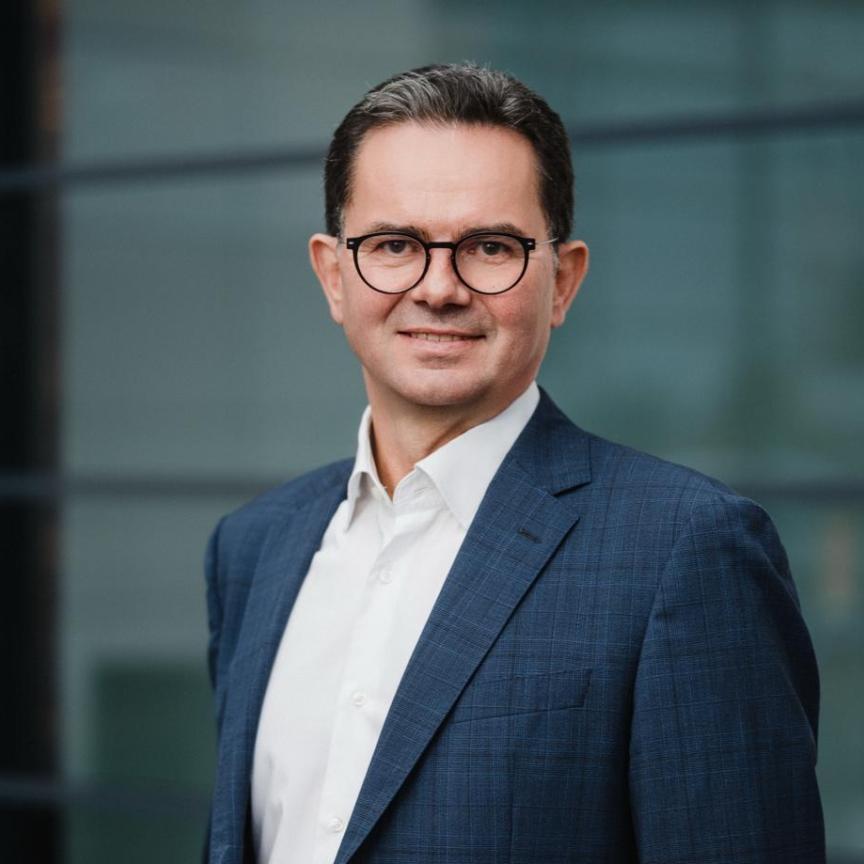Niek Jan van Damme, the head of Deutsche Telekom in Germany, chose the opening of the consumer electronics trade show, IFA 2017, this week to highlight the operator’s investments in fibre-optic broadband – while simultaneously downplaying the importance of FTTH in its overall strategy.
DT also announced the immediate launch of a gigabit broadband service, which offers 1000Mb/s download and 500Mb/s upload, for a cost of €119.95 per month. Via this new product, the German operator plans to test consumer demand for gigabit services in areas where FTTH connections are already in place.
In 2016 DT invested €5 billion to build out its network in Germany and now claims to have more fibre-optic customers than any other European network operator, with approximately 8.2 million lines by the end of June 2017. Over the past six months alone, 1.4 million new lines have been added to the operator’s German fibre-optic network, said van Damme.
The German operator has also connected most of its cell towers with fibre, reaching average transmission speeds to 24Mb/s on its LTE network, which now covers approximately 93 per cent of the population. Peak speeds of up to 500Mb/s have been achieved.
“[These achievements help explain] why Germany is very well placed in an international benchmark of actual bandwidth and coverage – other than is often suggested,” said van Damme. “The industry-leading Netflix network test has recently confirmed yet again that, on average, German fixed-line customers enjoy the highest download speeds of all large European countries – ahead of Spain and France.”
Germany outranks other European nations, even before the increase in broadband speed to up to 250Mb/s enabled by super vectoring that DT plans to launch in 2018. Super vectoring uses higher frequencies (VDSL2 profile 35b) to boost bandwidth in combination with software that eliminates crosstalk between copper cables in a bundle. The technology is controversial because it currently only works when it is applied to an entire bundle of copper cables and, thus, has the potential to restrict competition.
However, “the decision to build the network of the future is not just about FTTH”, the company contends. Countries that favour FTTH, such as France, are reconsidering their position, according to van Damme. They are wondering whether “a dogmatic insistence on FTTH” alone is the correct approach, or whether using vectoring technology might be just as useful. He pointed out that comparable European operators such as KPN and Swisscom are already pursuing a mix of technologies in the same way as DT.
To focus purely on FTTH misses the point: which is about connecting as people as quickly possible to high-speed broadband. No company has the civil engineering capacity or the financial resources to cover a country the size of Germany with FTTH in a time frame that matches with people’s expectations, according to the operator.
“We have announced our intention to extend broadband coverage (at least 50 Mb/s) to 80 per cent of households in Germany and that is what we are going to do,” stressed van Damme during the company’s press conference. “Deutsche Telekom invests while others just complain.”

